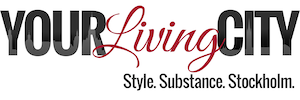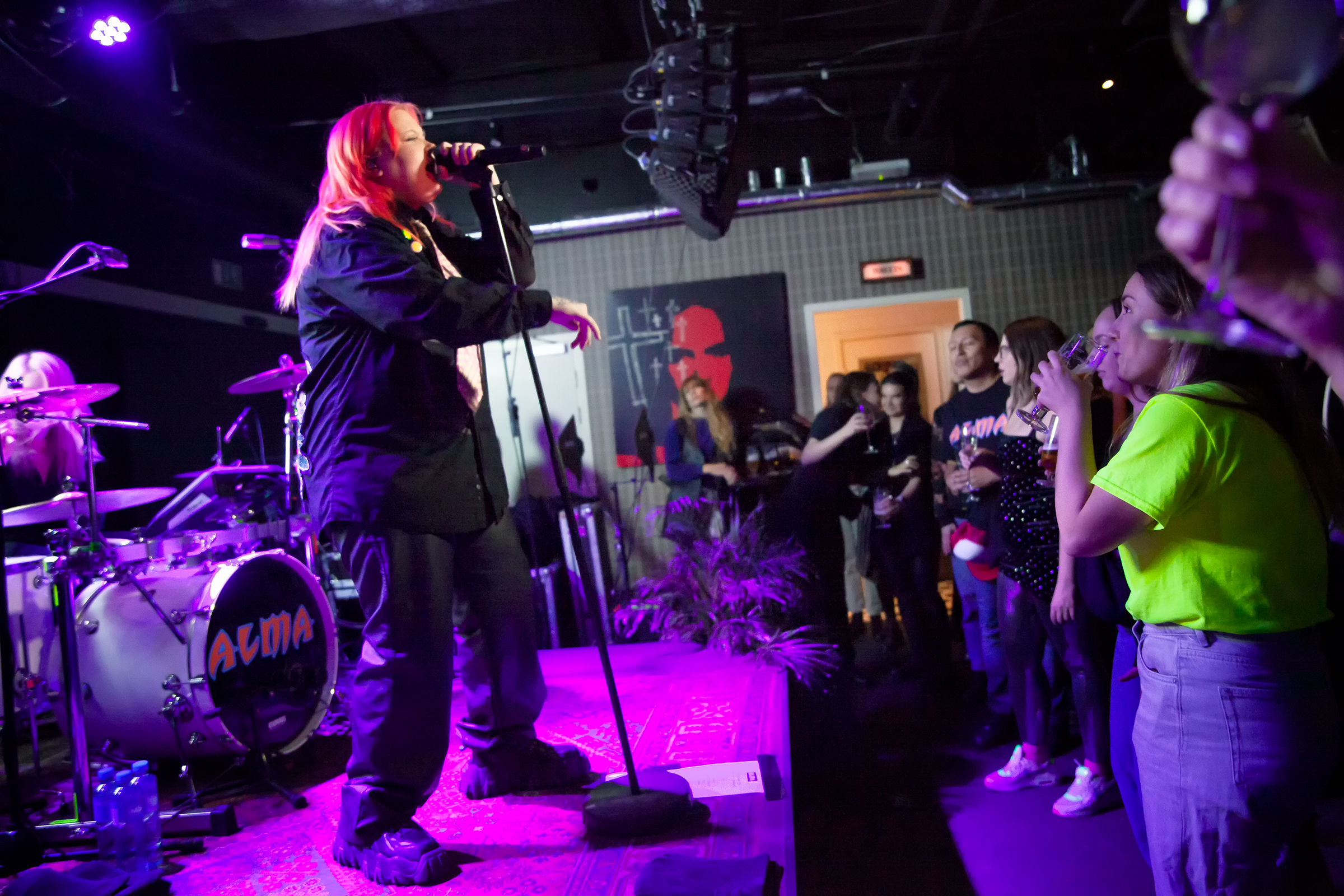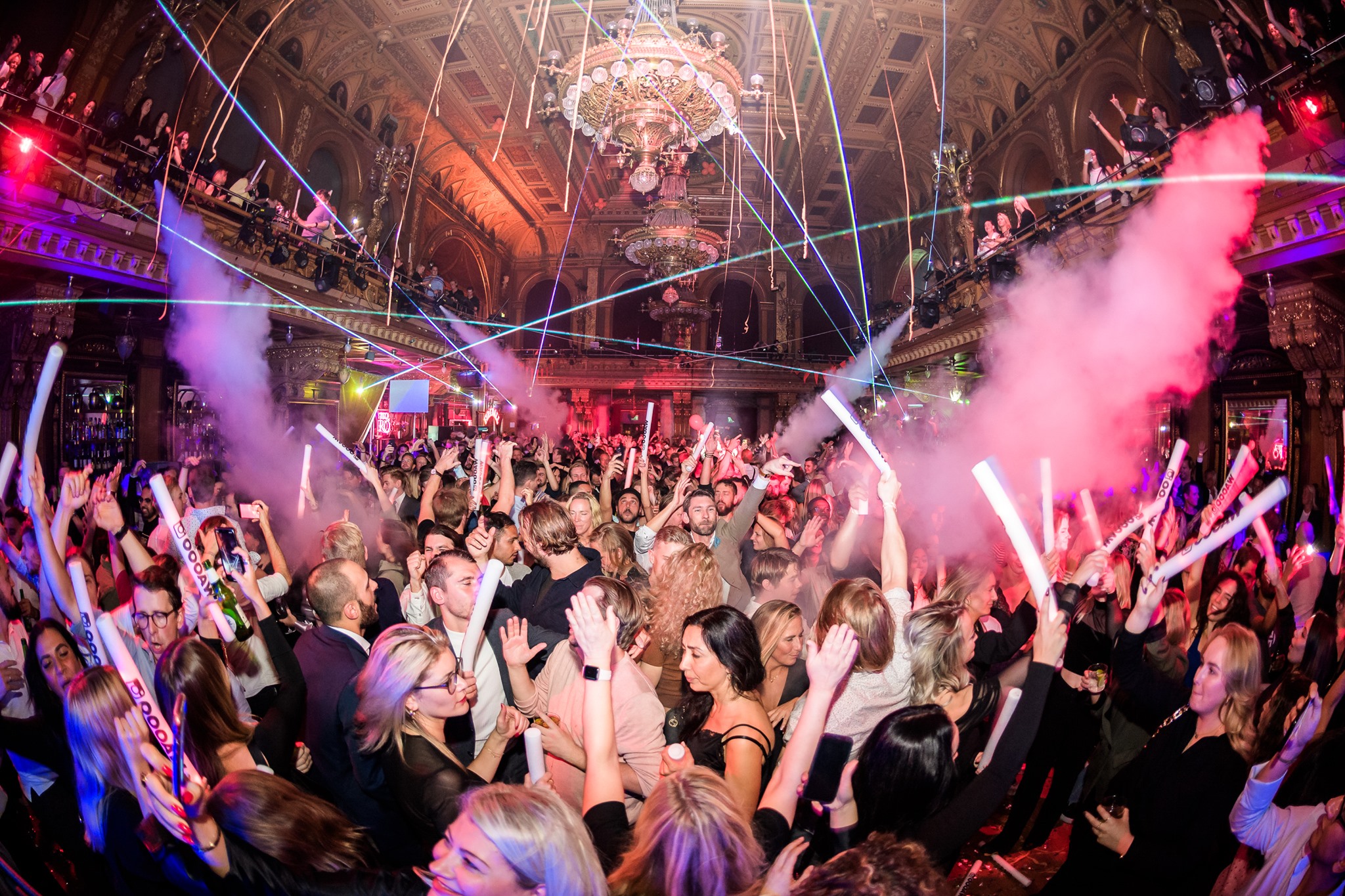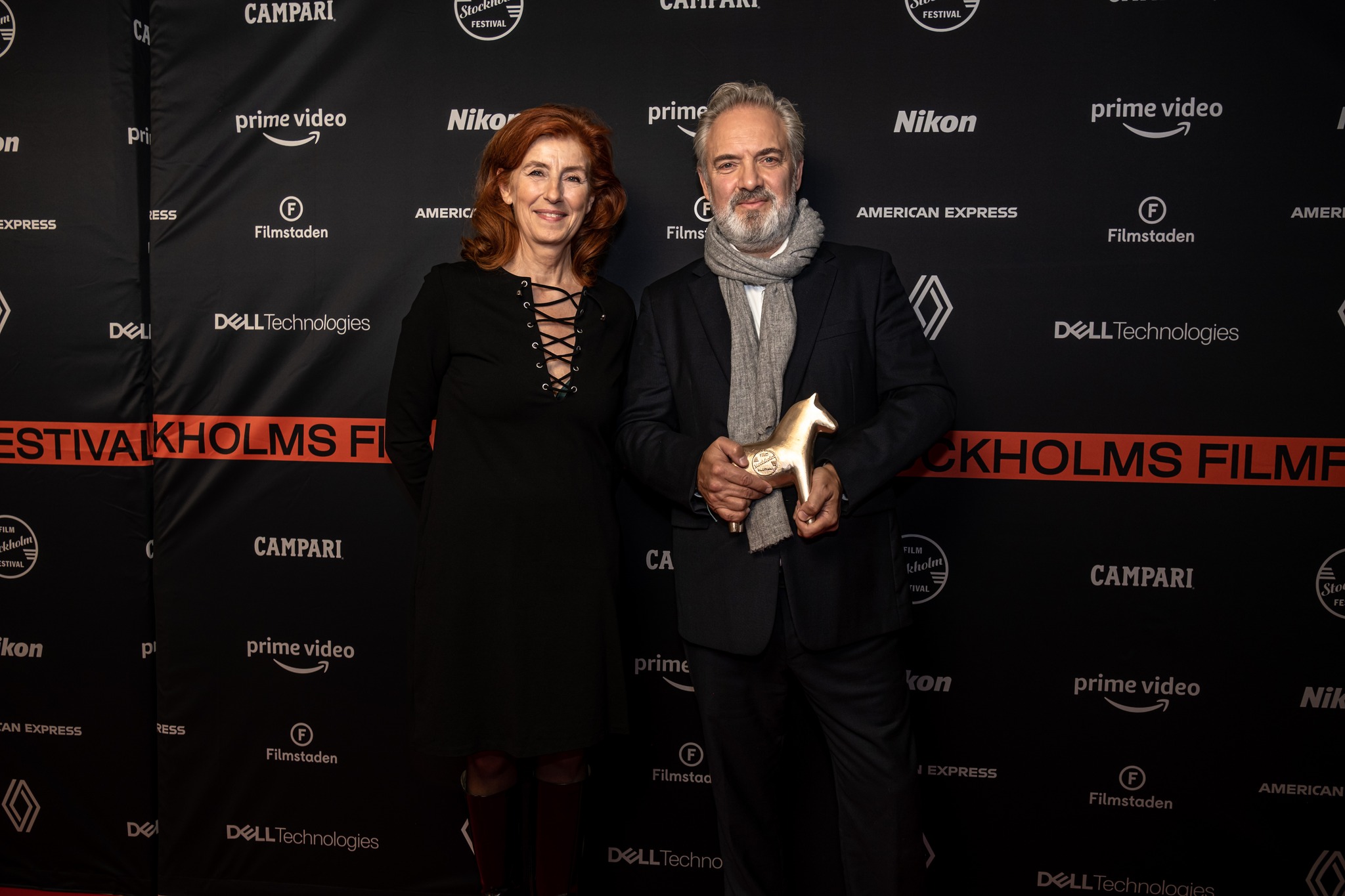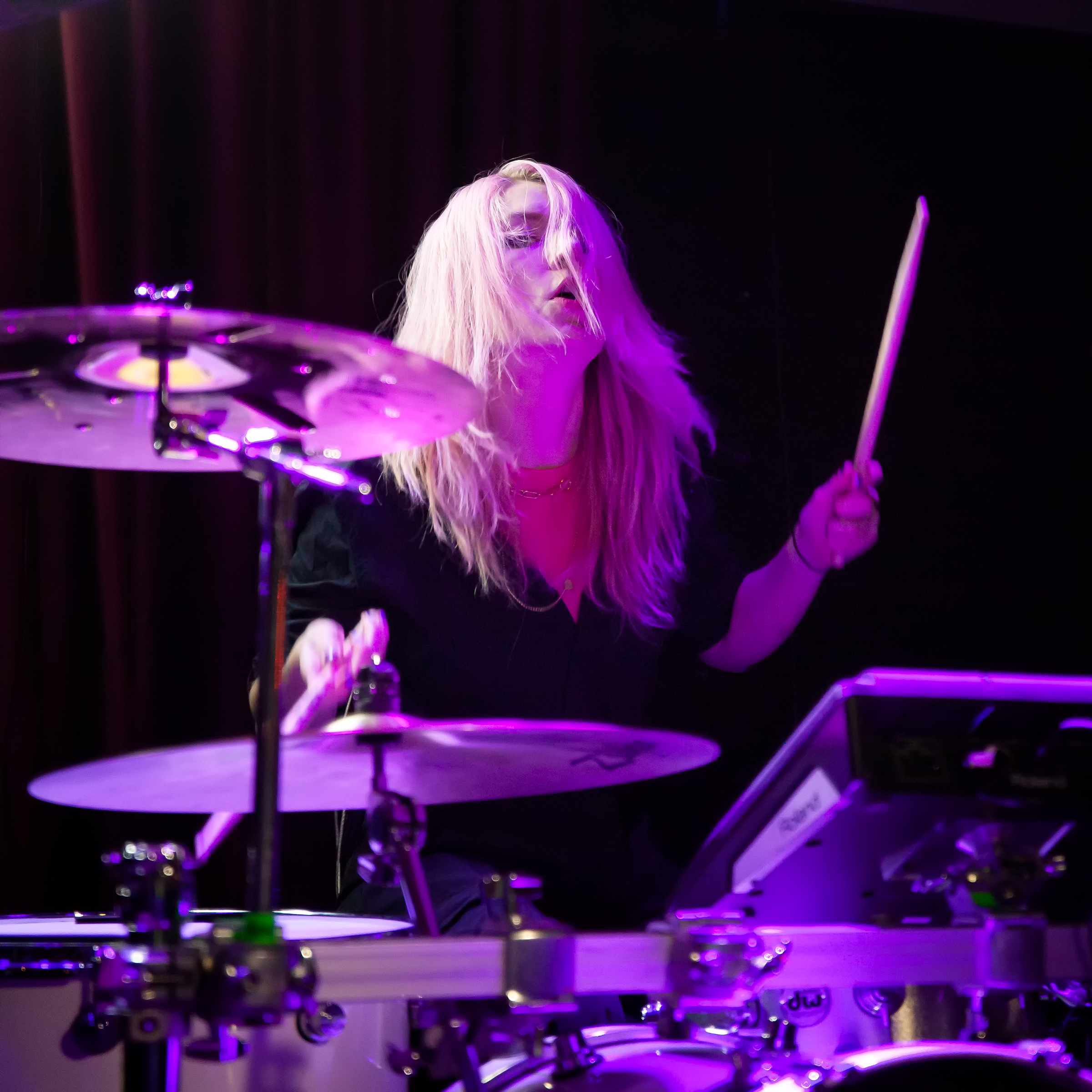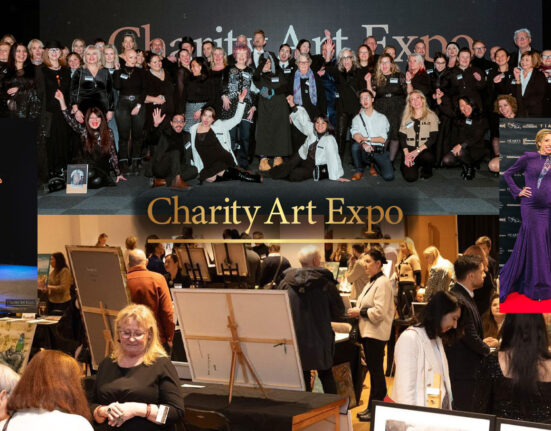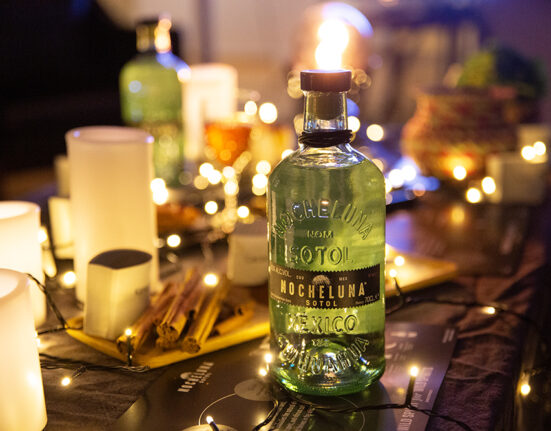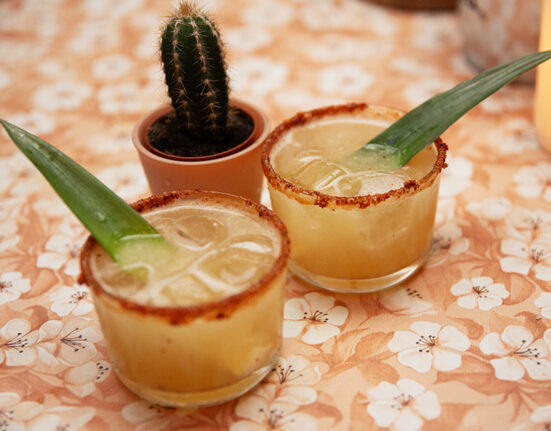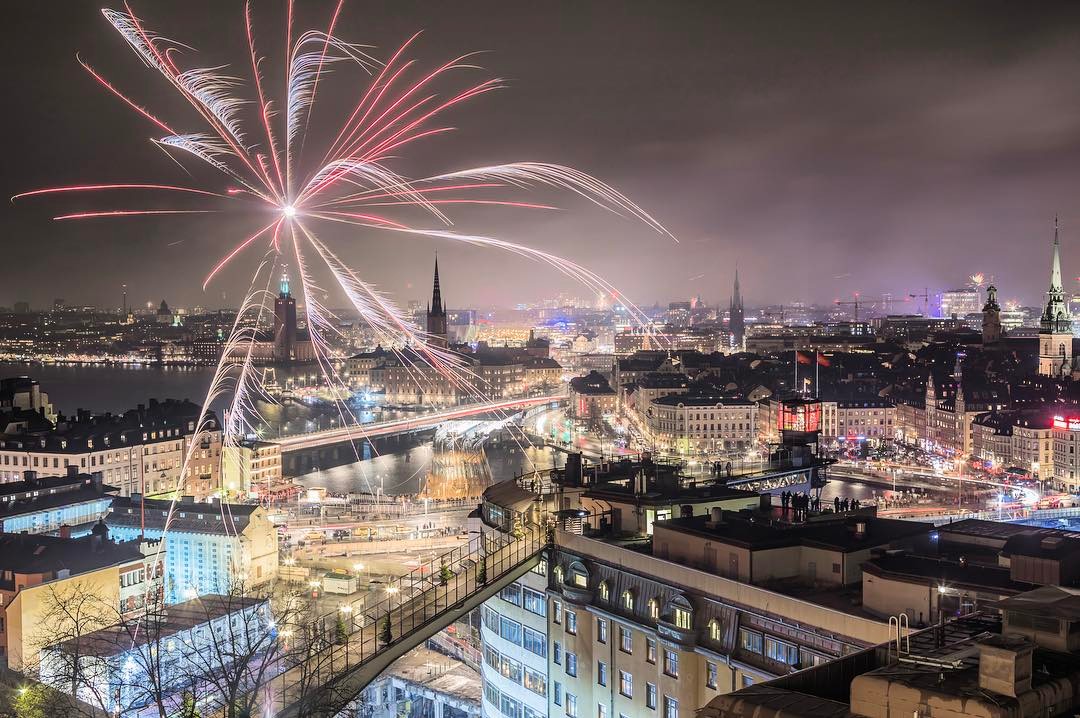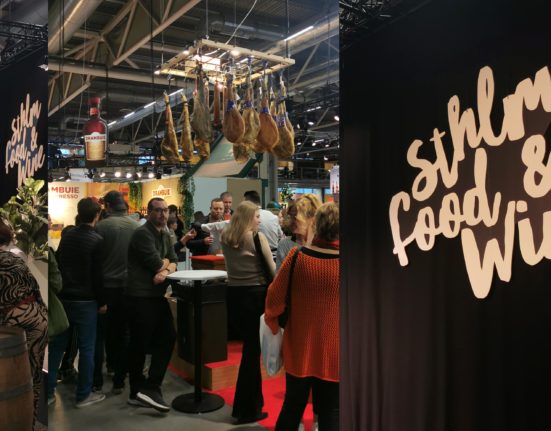New Year’s Eve is nearly upon us and it’s time to break out the bubbly! YLC asked sommelier Matthias Breitsameter for his pick of the month.

December – a month of snow (well, we’re hopeful), Christmas, cookies and occasions for get-togethers with family and friends. While kids’ eyes sparkle with reflected tinsel on Christmas Eve, parents look for the sparkle in their glass on New Year’s Eve. But does it always have to be champagne on New Year’s Eve or will sparkling wine do? Let’s take a look back at the history of the sparkling stuff.
The drinking of sparkling wine goes back to ancient Greek and Roman times but according to those in the know the bubbles may have been more of an accident than put there on purpose. The first recorded sparkling wines (created through a different method than Champagne) were made in the 16th century in the Limoux area of Languedoc region in southern France. Some of these wines were brought from France to England and there they found the liquid to be frothy upon arrival. Those who tasted it declared the beverage to be excellent and they were even convinced it made you more intelligent!
Shortly thereafter sparkling wines became more common on the dinner-table, but as it grew more popular it was noticed that the Champagne region, due to a cool climate, produced the finest bubbly; un-ripeness of the grapes in the region gave higher acidity and low sugar levels in the wine, producing a particularly fine drink, The common belief that Benedictine monk Dom Pérignon (1638-1715) invented the Method de Champenoise is not accurate. Rather, the monk refined the method by investigating the suitability of Pinot Noir for the production of sparkling wines, due to its low tannin content.
The legendary quote ”Come quickly, I am drinking the stars!” is attributed to Pérignon, although the first appearance of that quote appears to have been in a print advertisement in the late 19th century, so it may have been the Don Draper of his time who actually coined that one.
British enjoyment of sparkling wine from Champagne grew – unfortunately, filling glass bottles with fizzy drinks was not only time-consuming but also dangerous: the bottles tended to explode and any number of people lost their lives along the way. The Brits, being an inventive people, decided to right this wrong and can lay claim to producing coal-fired glass bottles, without which champagne would not have survived.
When word of this intoxicating new drink spread across Europe between the 17th and 19th centuries so did demand – but it was expensive and transportation was a slow and arduous process, so naturally only kings and other esteemed figures could afford to offer it at their tables. Champagne proved so popular with the ruling set, in fact, that Frenchman Charles-Henri Heidsieck – eventually known as Champagne Charlie – rode a white stallion ahead of Napoleon’s army as it advanced Moscow, bringing with him cases of champagne and, cleverly enough, an order book – he was ready to celebrate and take orders no matter which side won. After Napoleon’s defeat the Champagne region was occupied by the Russians and wine cellars were emptied. The wise Widow Cliquot from Vieve Cliquot said: “Today they drink, tomorrow they will pay”. Her words were prophetic; until the 1917 Revolution the Russian empire was the second largest consumer of Champagne in the world.
Now that we have a bit of background, here’s how Champagne is traditionally made:
The grapes are harvested in an early stage of ripening. The most popular grapes are Chardonnay, Pinot Noir or Pinot Meunier, which produce a wine with high acidity and low alcohol – about 9 ABV (Alcohol by Volume). While other grape varieties, such as Pinot Gris, Pinot Blanc, Arbanne and or Petit Meslier, are allowed to be used to produce Champagne they are rarely used. Some let the wine age, while others are more impatient. It really depends on the style and taste you’re looking for in the final product. The resulting taste is also dependent on how much of each grape variety is used.
After the fermentation and aging the still wine is filled into bottles, then ‘The Dosage’, which is a mix of sugar in the form of juice or syrup,is added along with yeast. The amount of sugar decides the sweetness of the final product:
Extra Brut (less than 6 grams of residual sugar per liter)
Brut (less than 12 grams)
Extra Dry (between 12 and 17 grams)
Sec (between 17 and 32 grams)
Demi-sec (between 32 and 50 grams)
Doux (50 grams)
After adding the Dosage the bottle is sealed, with a second fermentation occurring in the bottle. During this time the sugar and yeast transform into alcohol and carbon dioxide while the bottles mature with the neck downwards and a daily or weekly one-tenth twist (how often depends on the Chef de Cave – cellar master – and the house traditions).
The process can take 12 month or longer and in the end the neck gets frozen and all the dead yeast and other non-willing compounds are removed, a process known as “remuage”. The bottle is then topped with a cork and either ready for market or even more ageing.
Some champagne terms to make you sound like you know what you are talking about on New Year’s Eve:
Blanc de Blanc: A Sparkling wine made from 100 percent Chardonnay – especially Champagne.
Blanc de Noir: A sparkling made from red grapes, can be 100% Pinot Noir or Petit Meunier, but also be a blend of these two
Rosé: Champagne made with Pinot noir in this case the grapes had contact with the skin at the first fermentation.
NV (Non Vintage): That means that the wine can come from different vintages, that has the benefit of a consistency over the years
Every time a celebration or a special occasion happens it is often toasted with a glass of Champagne. While in the old days it was literally a drink fit usually only for kings, with time and evolution the production and therefore the availability has increased and one can buy Champagne for good value in any shop. One thing is for sure, though: the more you spend on this very special wine the finer the bubbles and the feeling of luxury.
Recommendation for New Year’s Eve:

Name: Gosset
Style: Grand Reserve
Year: Non Vintage
Blend: 43% Chardonnay, 42% Pinot Noir and 15% Pinot Meunier
Aging on the lees: 3 years
Importer: Divine AB
Beställningssortiment in Systembolaget
Price: 399:-SEK
Tasting note: The colour in the glass is yellowish with a lot of delicate bubbles which confirm the three years spent in the secondary fermentation. The smell is fresh with hints of lemon and green apples. In the mouth it’s foamy in a very delicate way, the flavours reminding you of gooseberry, lemon, apples and brioche. The great thing is that it is not too dry and has a fruity and flowery aftertaste. All in all it has a good balance between sugars and acidity, while having an aftertaste of 10 seconds.
This is Champagne with good value for money and a great start to the New Year. However, there are many other sparkling wines from the globe which can be fun and tasty, such as a Cava from Spain or Sekt from Germany – but we’ll save that for next year.
Merry Christmas and a happy, successful, loving new year!
Matthias Breitsameter
Follow Your Living City on Twitter!
